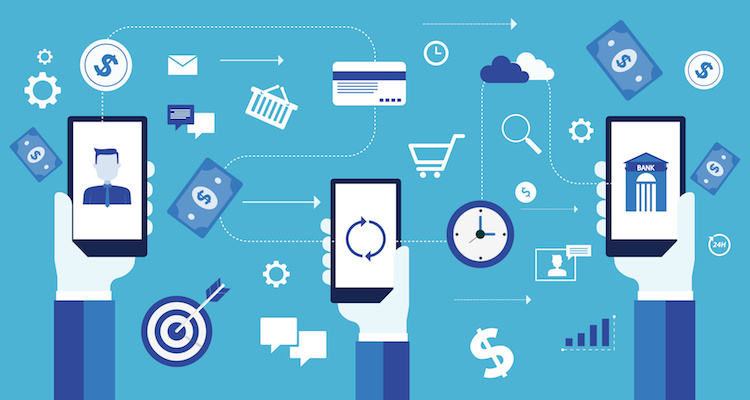The Customer Effect
How financial tech startups are reaching out to low-income Americans
- Financial technology companies are increasingly looking to reach low-income customers, a hard-to-reach market segment for big banks.
- While mainstream banks offer products tailored to lower-income customers, they are partnering with startups to encourage innovation and ultimately increase access to financial services across income categories.








